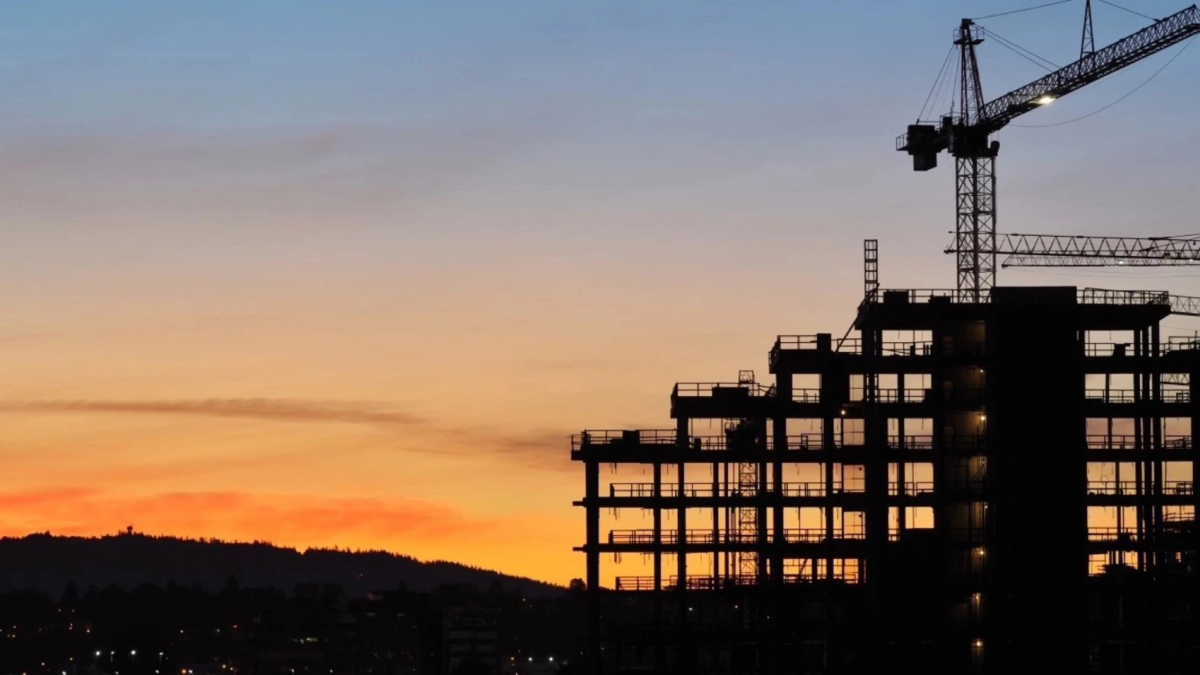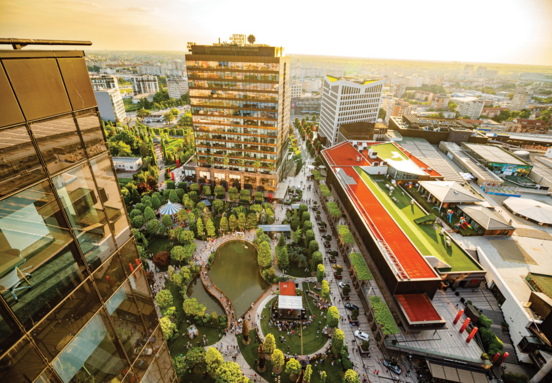Construction outlook in Eastern & Southeast Europe: implications for commercial property
For businesses eyeing expansion or relocation, understanding the future supply of commercial real estate is crucial. A recent report from the Eastern European Construction Forecasting Association (EECFA) sheds light on the construction outlook across Eastern and Southeast Europe until 2027, providing valuable insights into potential market dynamics for office and warehouse spaces.
Southeast Europe: stability and selective growth
The Southeast European region is largely expected to maintain its current levels of construction activity through 2027. This suggests a degree of stability in the potential pipeline for new commercial developments, though significant surges in overall supply may be limited in some areas.
- Bulgaria: Anticipated to see average growth of 3% between 2025 and 2027, with particularly strong predictions for non-residential construction and civil engineering. This is positive news for businesses, indicating a potential increase in the availability of new office buildings and improved infrastructure benefiting warehouse and logistics operations.
- Croatia: Construction remains robust, partly fueled by past EU funds, though this inflow is diminishing. While civil engineering still benefits, the impact on other segments warrants attention. Businesses seeking space should monitor specific market segments.
- Romania: Political and fiscal uncertainties are expected to temper public investment, potentially slowing civil engineering projects. However, decreasing inflation and interest rates, alongside strong employment, could boost demand and potentially development in the residential and non-residential sectors. The outlook for new office/warehouse space here seems mixed, dependent on private investment drivers.
- Serbia: The sector is seeing gains in building construction, while civil engineering consolidates. Crucially, hosting EXPO 2027 is providing a significant boost specifically for non-residential construction, suggesting increased potential for new office and commercial spaces in the run-up to the event.
- Slovenia: Expected to dip slightly from recent highs in 2024 and 2025 before returning to growth in 2026 and 2027, primarily driven by residential construction. While overall growth returns, the focus on residential might mean slower growth in the non-residential segment compared to others in the region during the initial years.
Eastern Europe: mixed signals
The outlook for Eastern Europe is more varied, influenced by specific national conditions.
- Turkey: A slower-than-expected recovery dampens the overall optimism for the Eastern European region's construction sector.
- Russia: Projected to maintain peak construction levels.
- Ukraine: Despite ongoing conflict, the industry shows signs of recovery, significantly supported by reconstruction programs. While much of this may initially focus on infrastructure and residential, recovery can eventually lead to renewed commercial development.
Key takeaways for businesses
The EECFA report suggests that while Southeast Europe offers relative stability, countries like Bulgaria and Serbia stand out with positive forecasts for non-residential construction and civil engineering, indicating potential for increased supply of modern office and warehouse facilities and improved logistical networks. Romania presents a more uncertain picture for public-driven projects but potential private sector resilience. Eastern Europe shows significant country-specific variations, with reconstruction efforts potentially shaping future opportunities in Ukraine.
Businesses planning their real estate strategy in these dynamic regions should look closely at these construction trends. Growth in non-residential building signals new inventory, while civil engineering advancements improve connectivity and site accessibility for logistics and distribution hubs.
Source: property-forum.eu







